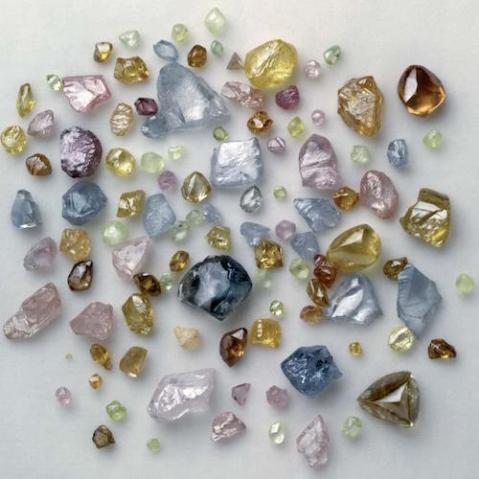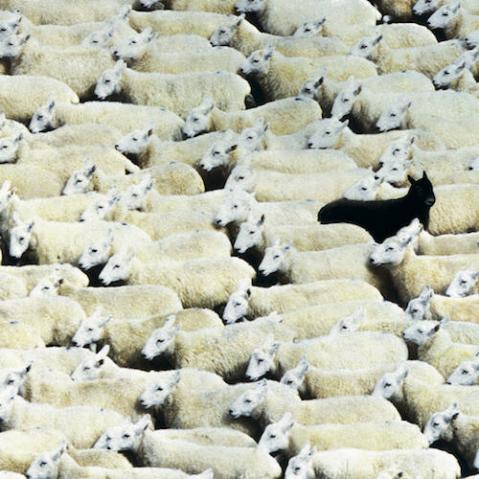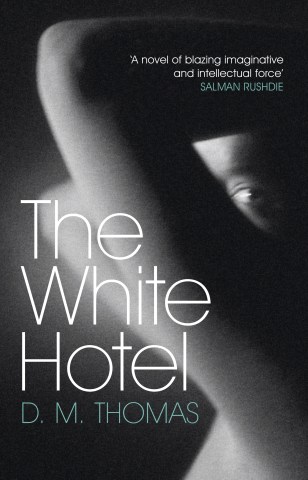Backlighting in the studio
If you’ve ever shot back-lit into the sun, many of the same principles apply to backlit studio setups as they do with natural light—the difference being that the light itself is unlikely to be the subject such as rich, vivid sunsets are basically inimitable in the studio.

Instead you’ll be combating underexposure with careful use of spot metering, exposure compensation, or shadow fill. Toward that end, delicate use of backlighting will emphasise the shape of the subject, giving it clear, defined edges with a slight glow.
A typical backlighting setup will diffuse the light through an appropriately sized backdrop in between the lamps and the subject. Depending on the size of your subject, this properly illuminating the backdrop can require some skill (or simple trial and error) to perfect, as it is no easy task to completely illuminate a large area equally from one side to the other. Broad-source lights are the most useful kind, such as fluorescent light banks or large softboxes.
 Furoshiki
Furoshiki
For this photo, a translucent table was covered by white, textureless fabric and lit from underneath and behind, with the camera positioned above and shooting down. The result is similar to the enveloping light discussed on pages 122–123, but leaving enough shadows on the top of the subject to illustrate the delicate folds of a furoshiki, or Japanese gift-wrapping cloth.
Because the diffusing backdrop is in frame, you must make sure that it is completely free of wrinkles or other texture, and spotlessly clean. How fastidious you must be about the cleanliness of the backdrop depends on its distance from the subject—if it is far enough back, and the depth of field is sufficiently limited, any imperfections will be imperceptible amidst the out-of-focus flood of bright, white light.
 Light through a liquid
Light through a liquid
Most liquids are transparent or at least translucent, and their fluid properties respond well to backlighting. Here, the colored reflections on the table behind the martini glass are being picked up in the drink, pulling that light up to the top of the frame and keeping the image from being too dark.
To ensure even illumination across the full expanse of the background, you can either increase the thickness of the diffusing backdrop or spread out the light at its source—both of which will decrease the intensity of the light, so a close eye must be kept on the exposure. A single lamp shining directly at the camera will evenly light the backdrop, as its light radiates out from all directions equally; but it may have to be positioned so far back that it no longer is bright enough. Two or more lamps will solve the problem of brightness, but then they must be perfectly balanced to make sure one is not illuminating the backdrop more than the other. Crossing their beams is therefore a good approach, with each lamp pointed toward the far end of the backdrop. Handheld light meters are useful here, as you can measure each side of the backdrop independently to make sure they are giving identical exposures across the frame.
 Translucent jellyfish
Translucent jellyfish
Combined with their fluidic movements and amorphous shapes, the translucency of most jellyfish makes for stunning backlit images. Many aquariums will have a light source positioned in the tank to allow you to peer through the these odd creatures and capture their inner workings— almost like an x-ray.
A material is transparent if you can still discern shapes and objects while looking through it (the object on the other side of the material is apparent). Translucent materials, on the other hand, will likewise transmit light, but objects seen through them will have their shapes blurred and obscured, making them glow. Transparent and translucent subjects require their own lighting styles to make the most of their unique properties, and are well suited to backlighting.
Learn to “read” light in this complete course on the building blocks of photography. Michael Freeman teaches not only how to see the subtle nuances of light and shade, but also how your camera views and records them, to make sure you approach each scene with the optimal settings and appropriate technical know-how.
 Photo School: Light and Lighting
Photo School: Light and Lighting
Michael Freeman and Catherine Quinn
Buy it now!



